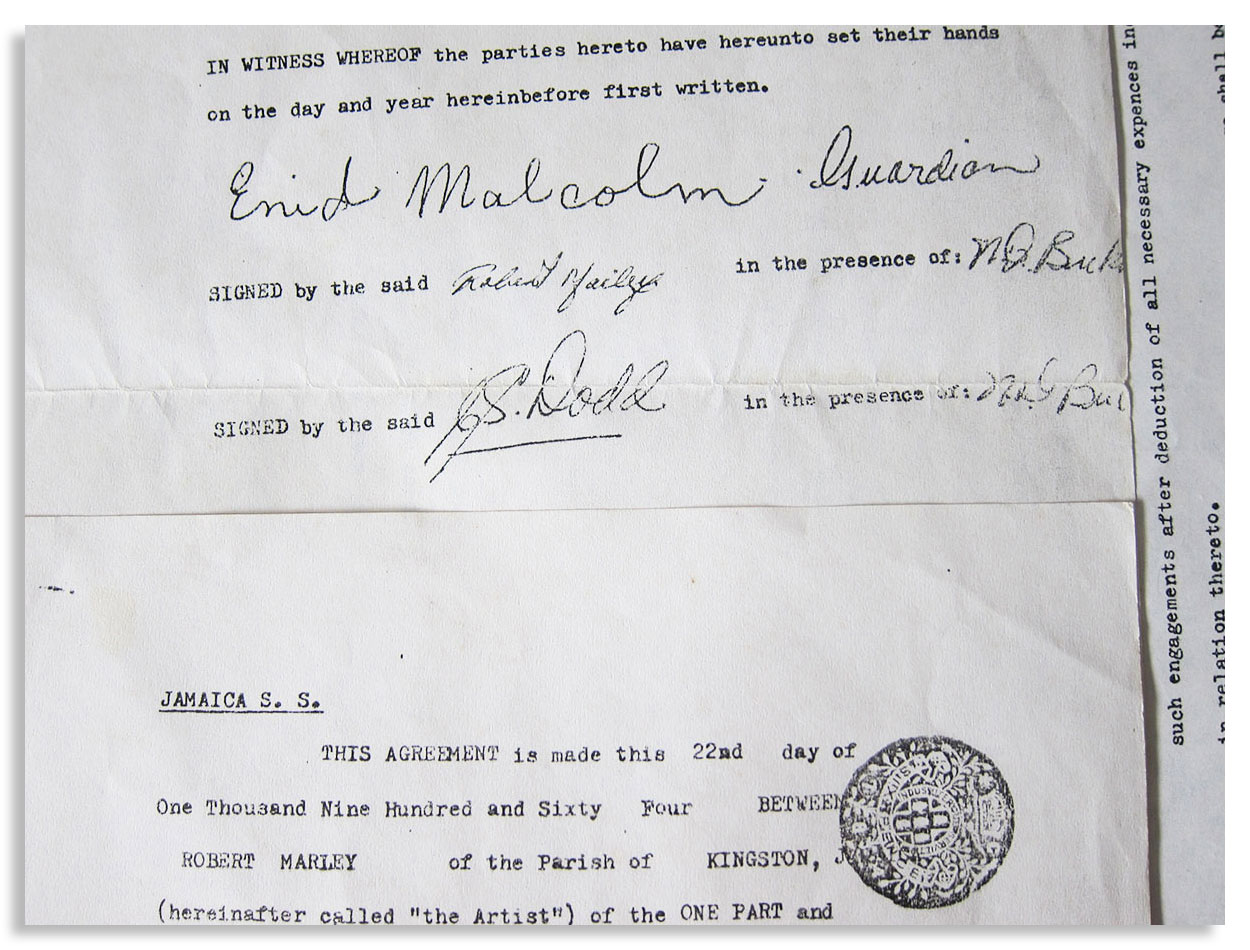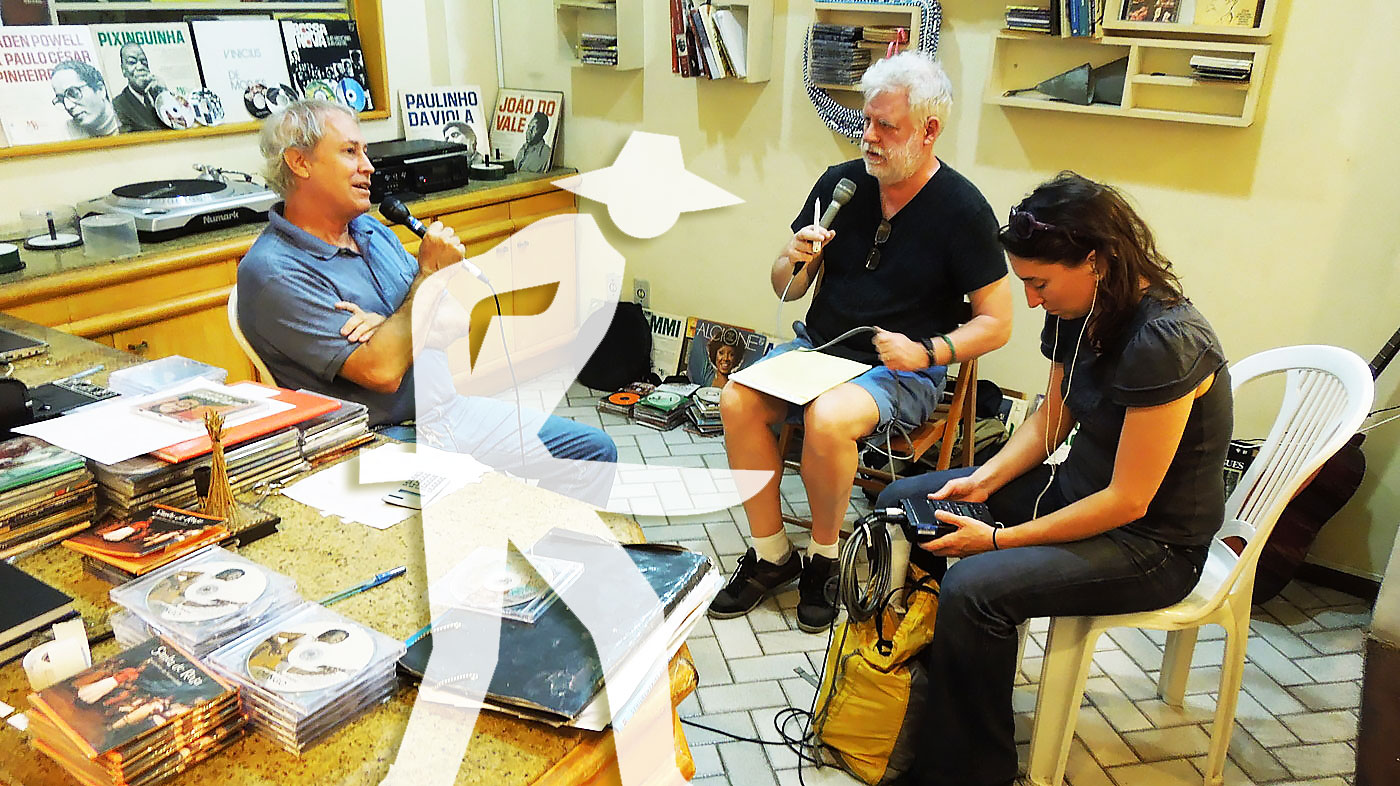CURATION
- from this page: by Augmented Matrix
Network Node
- Name: Devin Naar
- City/Place: Seattle, Washington
- Country: United States
Life & Work
-
Bio:
Devin E. Naar is the Marsha and Jay Glazer Endowed Chair in Jewish Studies, Assistant Professor of History, and Chair of the Sephardic Studies Program at the University of Washington. Born and raised in New Jersey, Dr. Naar graduated summa cum laude from Washington University in St. Louis, where he wrote an award-winning senior thesis. Following a year in Greece as a Fulbright Scholar, Dr. Naar began his PhD in History at Stanford University, where he won an award for excellence in teaching. Dr. Naar’s dissertation, “Jewish Salonica and the ‘Making of the Jerusalem of the Balkans,’ 1890-1943,” received the Elizabeth Spillman Rosenfeld Prize for best written dissertation in Stanford’s Department of History in 2011.
Since joining the UW faculty in 2011, Dr. Naar has been working on a book manuscript, based on his dissertation, entitled,Jewish Salonica, which explores the multiple ways in which Jews in Salonica grappled with the end of the Ottoman Empire and their new-found position within the context of the Greek state during the early twentieth century. Drawing on a wide range of previously unstudied primary sources, such as archives and newspapers primarily written in Judeo-Spanish (Ladino), Jewish Salonica is the first book to tell the story of the tumultuous transition from empire to nation-state through the voices and perspectives of Salonican Jews themselves. The book traces key questions that Jews in Salonica asked during this period of readjustment: What willhappen to our Community? Who will serve as our leader? Who will tell our story? What will become of our dead? Ultimately, the answers Salonican Jews gave to these questions demonstrate that they hoped to bridge the chasm between empire and nation-state by reaffirming their connection to their city and by claiming the city as their own–even on the eve of the Holocaust.
Currently a fellow in the Society of Scholars at the Simpson Center for the Humanities at the University of Washington, Dr. Naar has also begun a second book project, Reimagining the Sephardic Diaspora. This book explores the dispersal of Sephardic Jews from the dissolving Ottoman Empire during the early twentieth century and the creation of new Sephardic communal hubs in Europe and the Americas—including Seattle. By focusing on the multiple directions of transnational migration, the links Sephardic Jews retained with their native communities, and the relationships they developed with other Jews and migrants from the Mediterranean, this project compels us to reconceptualize the geographic and theoretical lines between the “old world” and the “new.”
At the UW, Dr. Naar teaches courses linked to his areas of research, including modern Jewish history; Jewish culture from antiquity until today; Sephardic history and culture; the history and memory of the Holocaust; relations between Jews, Christians and Muslims in lands of the former Ottoman Empire; migrations from the Mediterranean world to the Americas in the twentieth century; and a graduate seminar on Jews, Cities and Empires. He also supervises MA and PhD students in fields such as modern Jewish history and culture, Sephardic Studies, and transnational studies.
As the chair of the new Sephardic Studies Program of the Stroum Center for Jewish Studies housed within the Jackson School of International Studies, Dr. Naar has begun a pilot project entitled, “Seattle Sephardic Treasures,” which seeks to collect, preserve and disseminate the rich Sephardic and Ladino historical, literary and cultural heritage. The first major Sephardic Studies Digital Library and Archive–an online Sephardic Museum–is in the works based on the more than 700 artifacts, books and letters collected so far from residents of the Seattle area. In addition to the digital initiative, the Sephardic Studies Program also hosts a wide range of student, scholarly and public programs that each draw hundreds of participants. The Sephardic Studies Program has already received extensive local, national and international media attention.
In recognition of the contributions he has already made to the study of Sephardic history, Dr. Naar was recently elected to the Academic Advisory Council of the Center for Jewish History in New York. He is the only assistant professor to receive this prestigious post, where he will represent the American Sephardic Federation. Dr. Naar was also elected to the Academic Council of the American Jewish Historical Society.
He conducts research in Ladino (Judeo-Spanish/Judezmo), Greek, Hebrew and French.
Contact Information
- Email: [email protected]
- Telephone: +1 (206) 616-6202
-
Address:
University of Washington
Thomson Hall 226
Seattle, WA 98195
Media | Markets
- ▶ Book Purchases: http://www.sup.org/books/title/?id=25672
- ▶ Website: http://devinenaar.com
- ▶ Website 2: http://jewishstudies.washington.edu/sephardic-studies/sephardic-studies-digital-library-museum/
- ▶ Articles: http://devinenaar.com/publications
My Writing
-
Publications:
JEWISH SALONICA: Between the Ottoman Empire and Modern Greece
Touted as the "Jerusalem of the Balkans," the Mediterranean port city of Salonica (Thessaloniki) was once home to the largest Sephardic Jewish community in the world. The collapse of the Ottoman Empire and the city's incorporation into Greece in 1912 provoked a major upheaval that compelled Salonica's Jews to reimagine their community and status as citizens of a nation-state. Jewish Salonica is the first book to tell the story of this tumultuous transition through the voices and perspectives of Salonican Jews as they forged a new place for themselves in Greek society.
Devin E. Naar traveled the globe, from New York to Salonica, Jerusalem, and Moscow, to excavate archives once confiscated by the Nazis. Written in Ladino, Greek, French, and Hebrew, these archives, combined with local newspapers, reveal how Salonica's Jews fashioned a new hybrid identity as Hellenic Jews during a period marked by rising nationalism and economic crisis as well as unprecedented Jewish cultural and political vibrancy. Salonica's Jews—Zionists, assimilationists, and socialists—reinvigorated their connection to the city and claimed it as their own until the Holocaust. Through the case of Salonica's Jews, Naar recovers the diverse experiences of a lost religious, linguistic, and national minority at the crossroads of Europe and the Middle East.
Clips (more may be added)
The Matrix is a small world network. Like stars coalescing into a galaxy, creators in the Matrix mathematically gravitate to proximity to all other creators in the Matrix, no matter how far apart in location, fame or society. This gravity is called "the small world phenomenon". Human society is a small world network, wherein over 8 billion human beings average 6 or fewer steps apart. Our brains contain small world networks...
![]() Wolfram MathWorld on the Small World Phenomenon
Wolfram MathWorld on the Small World Phenomenon
![]() Matemática Wolfram sobre o Fenômeno Mundo Pequeno
Matemática Wolfram sobre o Fenômeno Mundo Pequeno
"In a small world, great things are possible."

It's not which pill you take, it's which pathways you take. Pathways originating in the sprawling cultural matrix of Brazil: Indigenous, African, Sephardic and then Ashkenazic, European, Asian... Matrix Ground Zero is the Recôncavo, contouring the Bay of All Saints, earthly center of gravity for the disembarkation of enslaved human beings — and the sublimity they created — presided over by the ineffable Black Rome of Brazil: Salvador da Bahia.
("Black Rome" is an appellation per Caetano Veloso, son of the Recôncavo, via Mãe Aninha of Ilê Axé Opô Afonjá.)
"Dear Sparrow: I am thrilled to receive your email! Thank you for including me in this wonderful matrix."
—Susan Rogers: Personal recording engineer for Prince, inc. "Purple Rain", "Sign o' the Times", "Around the World in a Day"... Director of the Berklee Music Perception and Cognition Laboratory
"Thanks! It looks great!....I didn't write 'Cantaloupe Island' though...Herbie Hancock did! Great Page though, well done! best, Randy"
"We appreciate you including Kamasi in the matrix, Sparrow."
—Banch Abegaze: manager, Kamasi Washington
"This is super impressive work ! Congratulations ! Thanks for including me :)))"
—Clarice Assad: Pianist and composer with works performed by Yo Yo Ma and orchestras around the world
"Dear Sparrow, Many thanks for this – I am touched!"
—Julian Lloyd-Webber: UK's premier cellist; brother of Andrew Lloyd Webber (Evita, Jesus Christ Superstar, Cats, Phantom of the Opera...)
"Thanks, this is a brilliant idea!!"
—Alicia Svigals: World's premier klezmer violinist
Developed here in the Historic Center of Salvador da Bahia ↓ .
![]() Bule Bule (Assis Valente)
Bule Bule (Assis Valente)
"♫ The time has come for these bronzed people to show their value..."
Production: Betão Aguiar
MATRIX MODUS OPERANDI
Recommend somebody and you will appear on that person's page. Somebody recommends you and they will appear on your page.
Both pulled by the inexorable mathematical gravity of the small world phenomenon to within range of everybody inside.
And by logical extension, to within range of all humanity outside as well.
MATRIX (PARDAL)
I'm Pardal here in Brazil (that's "Sparrow" in English). The deep roots of this project are in Manhattan, where Allen Klein (managed the Beatles and The Rolling Stones) called me about royalties for the estate of Sam Cooke... where Jerry Ragovoy (co-wrote Time is On My Side, sung by the Stones; Piece of My Heart, Janis Joplin of course; and Pata Pata, sung by the great Miriam Makeba) called me looking for unpaid royalties... where I did contract and licensing for Carlinhos Brown's participation on Bahia Black with Wayne Shorter and Herbie Hancock...
...where I rescued unpaid royalties for Aretha Franklin (from Atlantic Records), Barbra Streisand (from CBS Records), Led Zeppelin, Mongo Santamaria, Gilberto Gil, Astrud Gilberto, Airto Moreira, Jim Hall, Wah Wah Watson (Melvin Ragin), Ray Barretto, Philip Glass, Clement "Sir Coxsone" Dodd for his interest in Bob Marley compositions, Cat Stevens/Yusuf Islam and others...
...where I worked with Earl "Speedo" Carroll of the Cadillacs (who went from doo-wopping as a kid on Harlem streetcorners to top of the charts to working as a janitor at P.S. 87 in Manhattan without ever losing what it was that made him special in the first place), and with Jake and Zeke Carey of The Flamingos (I Only Have Eyes for You)... stuff like that.

Yeah this is Bob's first record contract, made with Clement "Sir Coxsone" Dodd of Studio One and co-signed by his aunt because he was under 21. I took it to Black Rock to argue with CBS' lawyers about the royalties they didn't want to pay (they paid).
MATRIX MUSICAL
I built the Matrix below (I'm below left, with David Dye & Kim Junod for U.S. National Public Radio) among some of the world's most powerfully moving music, some of it made by people barely known beyond village borders. Or in the case of Sodré, his anthem A MASSA — a paean to Brazil's poor ("our pain is the pain of a timid boy, a calf stepped on...") — having blasted from every radio between the Amazon and Brazil's industrial south, before he was silenced. The Matrix started with Sodré, with João do Boi, with Roberto Mendes, with Bule Bule, with Roque Ferreira... music rooted in the sugarcane plantations of Bahia. Hence our logo (a cane cutter).
A Massa (do povo carente) / The Masses (of people in need)

-
Add to my PlaylistA Massa - Raymundo Sodré (7,093 plays)
-
Add to my PlaylistSina de Cantador - Raymundo So... (6,909 plays)
-
Add to my PlaylistMagnetismo - Raymundo Sodré ... (6,353 plays)
-
Add to my PlaylistSacando a Cana - Raymundo Sodr... (5,957 plays)
-
Add to my PlaylistMêrêrê - Raymundo Sodré (5,465 plays)
-
Add to my PlaylistJardim do Amor - Raymundo Sodr... (4,677 plays)
-
Add to my PlaylistDebaixo do Céu - Raymundo Sodr... (4,151 plays)
-
Add to my PlaylistDesejo de Amar - Raymundo Sodr... (3,861 plays)
-
Add to my PlaylistOração pra Yá Oxum - Raymundo ... (3,741 plays)
-
Add to my PlaylistYá África - Raymundo Sodré (3,509 plays)
-
Add to my PlaylistMeu Rio, Cadê o Papel - Raymun... (3,177 plays)
-
Add to my PlaylistCasa de Trois - Raymundo Sodré... (2,896 plays)
-
Add to my PlaylistMulher é Laço que Prende o Coração do Vaqueiro - R... (2,556 plays)




























































































































































































































































































































































































































































